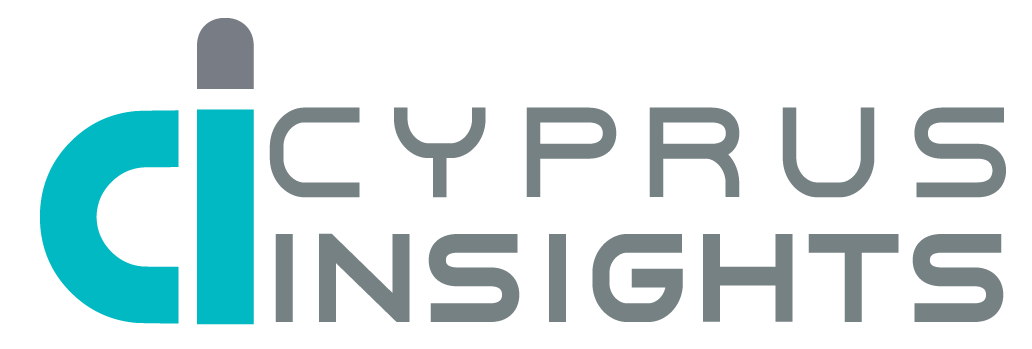The NEXUS approach and the New IP Box Regime
Main highlights
On October 27th, 2016, the Income Tax Law was amended regarding the taxation of intellectual property (hereafter referred to as IP), in order to comply with the new requirements put in place by the OECD’s Base Erosion and Profit Shifting (BEPS) Action 5 and the European Union applicable framework.
The Action 5 Approach (Nexus approach) requires the existence of material activity which includes the clear interconnection between the rights creating the income and the activity contributing to that income.

Cyprus IP Box
Nexus approach- BEPS 5
On October 27th, 2016, the Income Tax Law was amended regarding the taxation of intellectual property (hereafter referred to as IP), in order to comply with the new requirements put in place by the OECD’s Base Erosion and Profit Shifting (BEPS) Action 5 and the European Union applicable framework.
The Action 5 Approach (Nexus approach) requires the existence of material activity which includes the clear interconnection between the rights creating the income and the activity contributing to that income.
The New IP Box Regime
The new provisions of this law are effective as of July 1st, 2016, where 80% of the Qualifying Profits derived from a Qualifying Intangible Asset will be considered as a deductible expense, resulting in a maximum tax effective rate of 2,5%.
Qualifying Intangible Asset is the asset acquired, developed or exploited by a person in the course of a business constituting IP, with the exception of IP related to marketing, resulting from research and development (hereafter referred to as R&D) but including intangible assets for which only economic ownership exists.
Qualifying intangible assets include:
- Patents as defined in the Patents Law;
- Computer software;
Other intangible assets protected by law falling under any of the below:
- Utility models, IP assets which provide protection to plants and generic material, orphan drug designations and patent extensions;
- Non-obvious, useful and novel, where the person who uses them in the course of his business does not earn gross income in excess of €7.500.000 per year out of all the intangible assets. In the case of a group of such persons, the group should not have a turnover of more than €50.000.000. An average of five years will be used for this calculation.
These qualifying intangible assets should be certified by a Competent Authority in Cyprus or abroad.
Qualifying intangible assets do not include brands, trademarks, image rights and any other IP rights used to market products and services.
As per the new IP Box Regime, computer software is a Qualifying Intangible Asset.
Qualifying Persons are those considered as:
- Cyprus tax residents;
- Tax resident Permanent Establishment (PE) of non-tax residents;
- Foreign PEs which or who have chosen to be subject to tax in Cyprus.
Following a recent amendment regarding the tax treatment of Cyprus tax residents’ foreign PEs, a taxpayer can “elect” to tax the profits of a foreign PE in Cyprus. Before the legislation’s amendment, any profits from a foreign PE were fully exempt from tax in Cyprus.
At the same time, the company can benefit from the tax credit for any foreign taxes incurred on the foreign PE profits, irrespective of the existence of a Double Tax Treaty.
- Overall income arising from a qualifying intangible asset, i.e. the gross income accrued within a tax year minus the direct costs for the generation of this income.
- Overall income includes but is not limited to the following:
- Royalties or other amounts relating to the use of a qualifying intangible asset.
- Any amount for a license for the exploitation of a qualifying intangible asset.
- Any amount from an insurance or as compensation in relation to a qualifying intangible asset.
- Income from the disposal of a qualifying intangible asset which is not of a capital nature.
- Embedded income of a qualifying intangible asset which arises from the sale of products, services or procedures that directly relate to this asset.
3. Direct costs include:
- all the expenses incurred directly or indirectly, wholly and exclusively for the production of income in relation to a qualifying intangible asset;the notional interest deduction as per the provisions of Section 9B which is attributable to that intangible asset;
- the capital expenditure for the acquisition of the qualifying intangible asset allocated to the remaining balance of the asset’s useful economic life with a maximum period of 20 years.
Qualifying expenditure in relation to a qualifying intangible asset is the sum of the total R&D expenditure incurred in any tax year wholly and exclusively for the development, improvement or creation of a qualifying intangible asset, which is directly related to the qualifying intangible asset.
Qualifying expenditure includes but is not limited to the below:
- Wages and salaries;
- Direct Costs;
- General expenses in relation to the installation of facilities used for R&D;
- Expenses for supplies associated with R&D activities;
- Expenses associated with R&D that has been outsourced to non-related parties.
However, it does not include:
- The acquisition cost of the intangible asset.
- Interest paid or payable.
- Costs relating to the acquisition or construction of immovable property.
- Amounts paid or payable directly or indirectly to a related person for the purpose of R&D, regardless of whether these amounts relate to a cost sharing agreement.
- Costs that cannot be proved to be directly connected to a qualifying intangible asset.
Any expenses incurred for the outsourcing of relevant R&D activities to non-related persons, as well as expenses related to R&D but of a general and theoretical nature which cannot be allocated to the qualifying expenditure of a specific qualifying asset with which they have a direct link, can be allocated proportionately to the qualifying intangible assets or products.
To apply the formula, qualifying expenditure is taken at the time incurred, regardless of the way this is treated for accounting or tax purposes.
Uplift expenditure means the lower of:
- 30% of the Qualifying Expenditure and
- the total amount of acquisition cost and the cost of outsourced R&D activities to related persons.
Overall expenditure refers to the sum of the qualifying expenditure and the total amount of acquisition cost and the cost of outsourcing R&D activities to related persons, incurred in any tax year.
Analysis
One of the most important aspects of the formula for the calculation of Qualifying Profits is the Qualifying Expenditure deriving from the exploitation and R&D of the IP. As per regulations issued by the Ministry of Finance, in case of outsourcing, relevant R&D activities to related persons, these expenses should not be included in the formula as a Qualifying Expenditure.
Cyprus offers maximum protection and certainty for IP owners due to the ratification of all major IP treaties and protocols. In addition to asset protection, Cyprus’ wide network of double taxation treaties will considerably reduce foreign withholding taxes on royalty income.
The Cyprus IP Box Regime being in line with the provisions of the OECD, it maintains its status as one of the most favorable regimes for intangible assets and together with all the benefits offered by the Cyprus Tax System, Cyprus remains the ideal place for businesses investing in IP Assets.
